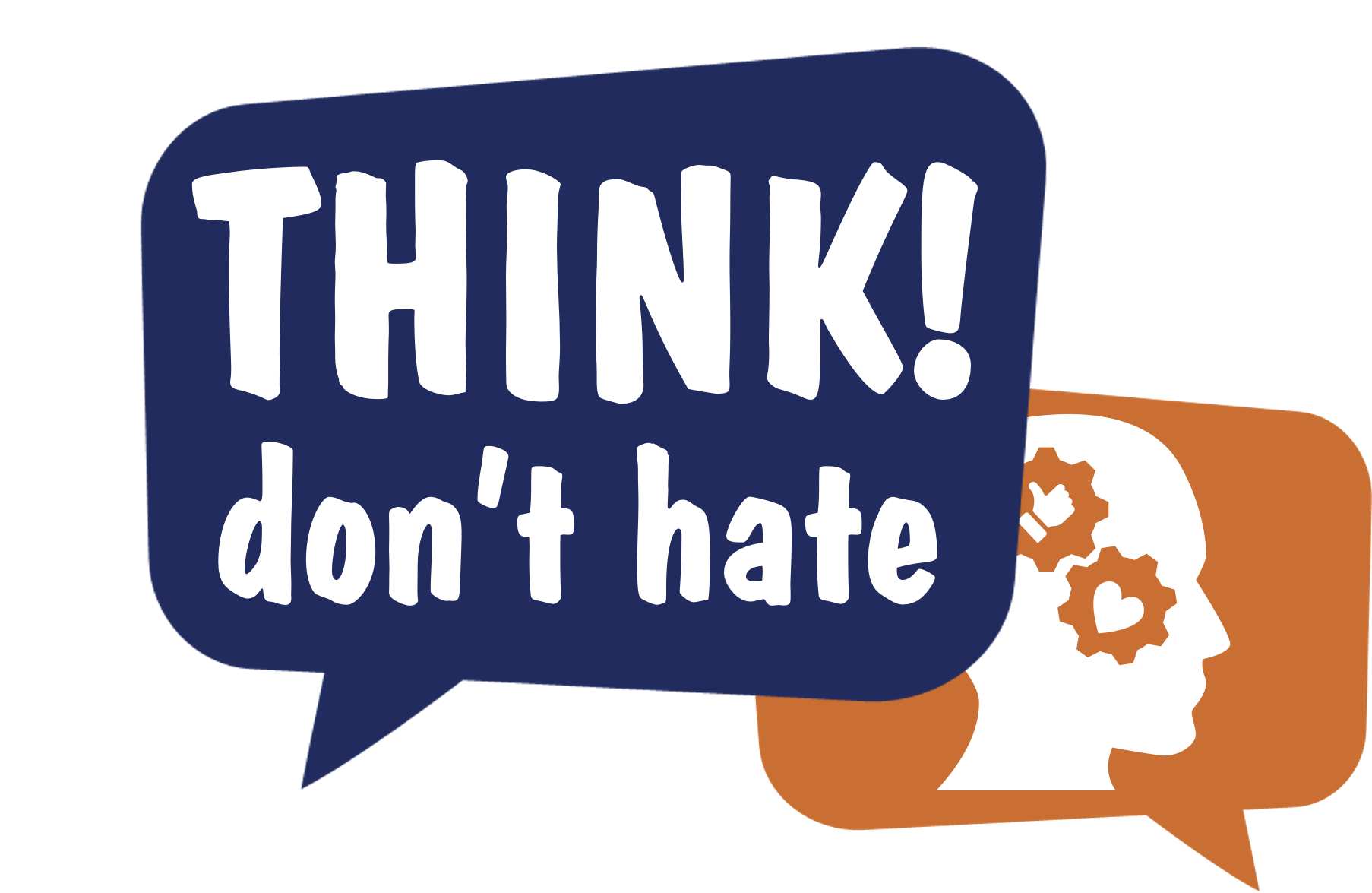
CHAPTER 4
I. The circle of critical thinking
On a daily basis we are obliged to make decisions from the moment we open our eyes every morning (What should I eat for breakfast? What should I wear today? Should I go by bus or car?) to the moment we go back to sleep (Should I brush my teeth? Should I keep the light on? Should I turn on the heat?). It is a fact that most of them are easy decisions with easy solutions, though the process we follow in reach these decisions is exactly the same as the one followed in serious matters. Let’s see it through an example:
“What should I wear today?”
Identify the problem as clear as possible
Generate criteria
Find a solution and compare it to possible alternatives
Apply the selected solution and evaluate its efficiency/effectiveness

STEP 1: Identify the problem as clear as possible
This includes understanding the language and the concepts included in the problem, as well as the causes that created them.
Problem: choosing appropriate clothes for the day
Concepts: going to work, going to the super market, clothes = dressing up
Causes: it’s a working day and I need to follow the daily schedule
STEP 2: Generate criteria
This includes listing all the factors that might affect my decision.
Criterion 1 – it is winter, so I need warm clothes
Criterion 2 – I will be out all day long, so I need a comfortable outfit that matches all my needs (many hours/work/supermarket)
Criterion 3 – I like to be fashionable, so I need beautiful and stylish clothes
STEP 3 :Find a solution and compare it to possible alternatives
This includes listing all the possible solutions to the problem, compare them and choose the most appropriate/suitable one.
Solution 1 – wear a dress or wear trousers => I WILL PROBABLY BE COLD IN THE DRESS, SO I CHOOSE THE TROUSERS
Solution 2 – wear flat shoes or wear high heels => FLAT SHOES ARE BETTER FOR A LONG DAY AND A VISIT TO THE SUPER MARKET, AS HIGH HEELS WILL EXHAUST ME
Solution 3 – wear a matching backpack or carry a neutral professional bag => A BACK PACK IS FASHIONABLE, EASIER TO CARRY AND MIGHT ALSO FIT SOME GROCERIES FROM THE SUPER MARKET
STEP 4: Apply the selected solution and evaluate its efficiency/effectiveness
This refers to the follow-up process, where one should evaluate the decision they made: if it is proven effective, then it is ok to repeat it. If not, then it should be avoided in the future
Evaluation: the combination of trousers and flat shoes made me look short and filled me with insecurity and low self-esteem throughout the day, while the backpack made me look like a school student rather than a lawyer. Next time I should choose a better combination of clothes and change my criteria.
It sounds like a game, but these simple four steps are completing the circle of critical thinking in the decision making process, which also applies when dealing with uncomfortable situations that force us to act, react or choose sides – such as when dealing with incidents of hate speech!